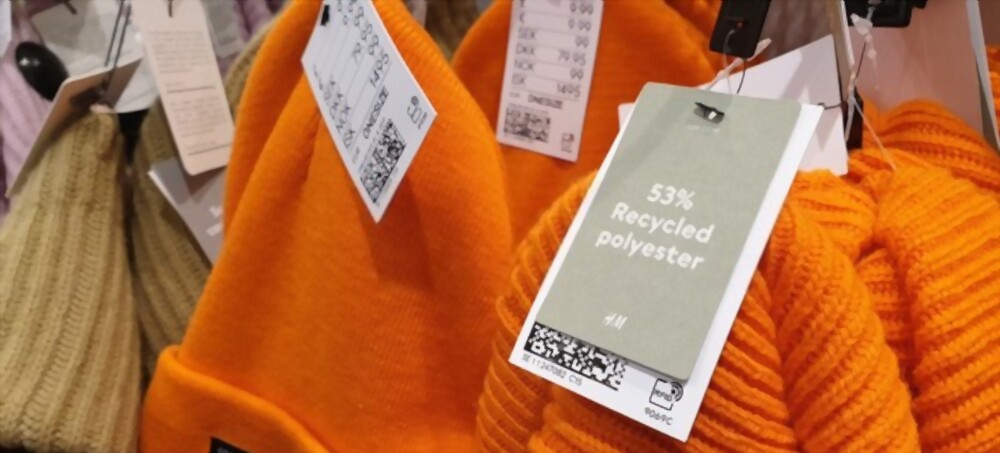A proposed class of customers of “fast fashion” brand H&M filed a false advertising suit in New York federal court in July. Lead plaintiff Chelsea Commodore argued that the brand’s claims that certain garments and accessories are “sustainably made” do not comply with environmental standards. As a result, she argued, consumers are paying more for products that are not sustainably made. Because many consumers are willing to pay a premium for items that are marketed as environmentally friendly, these “greenwashing” claims are likely to continue.
The Fast Fashion Facts
H&M is a fast fashion brand that markets at least some of its clothing with environmental scorecards called sustainability profiles. The company also makes claims about certain products being “made from sustainable materials” or being “a shortcut to sustainable choices.” About a month before the lawsuit was filed, online publication Quartz published an investigation showing that those profiles contained falsified information. For example, a sustainability profile “claimed that a dress was made with 20% less water on average,” but the Quartz investigation revealed that the dress “was actually made with 20% more water.” In another example, H&M presented “a particular product as being produced with 30% less water”–but on the website of Higg, the third-party sustainability data company on whose work H&M based the claim, the information “showed that the item was ‘actually made with 31% more water, making it worse than conventional materials.’”
Commodore, as lead plaintiff, claims that H&M is “falsif[ying]” its sustainability profiles with “inaccurate and misleading data” and “misrepresent[ing] its products as being better for the environment than comparable garments when they are not.” H&M ultimately removed these profiles, but the proposed class action calls on the company to compensate consumers who may have paid more for the products because of the sustainability claims.
Potential Remedies for Greenwashing Claims
In cases involving false and misleading advertising claims, surveys are often used to help both sides prove or calculate damages. In this case, there are a few different types of surveys the legal teams could employ. First, a materiality survey could be used to measure whether the sustainability claims were material to the purchase of the products and clothing. Second, a conjoint survey could measure how much more consumers were willing to pay for products that were sustainably made. As this case unfolds, these and other surveys may come into play.
For more information on litigation surveys that measure materiality, or conjoint surveys to support a damages request, contact MMR Strategy Group.
